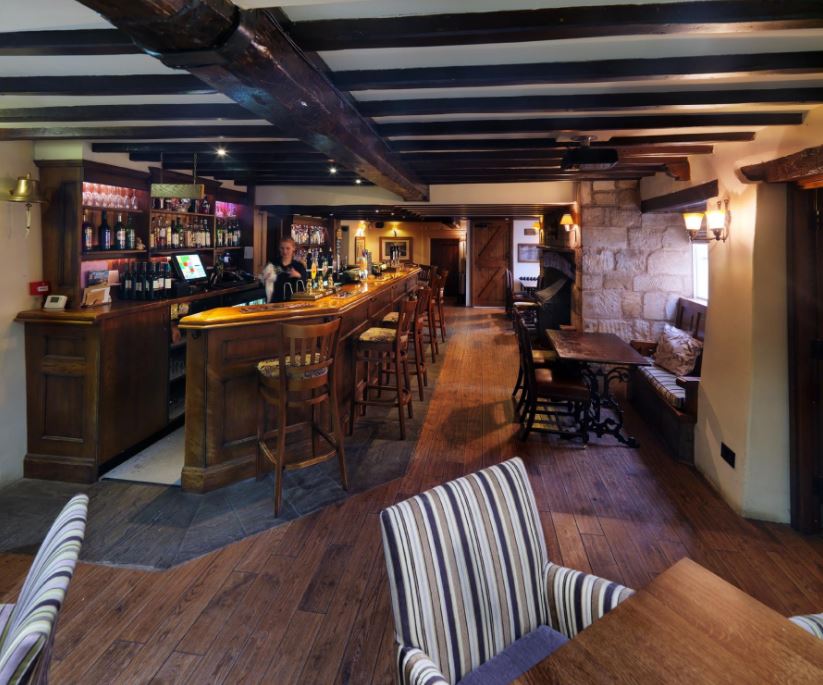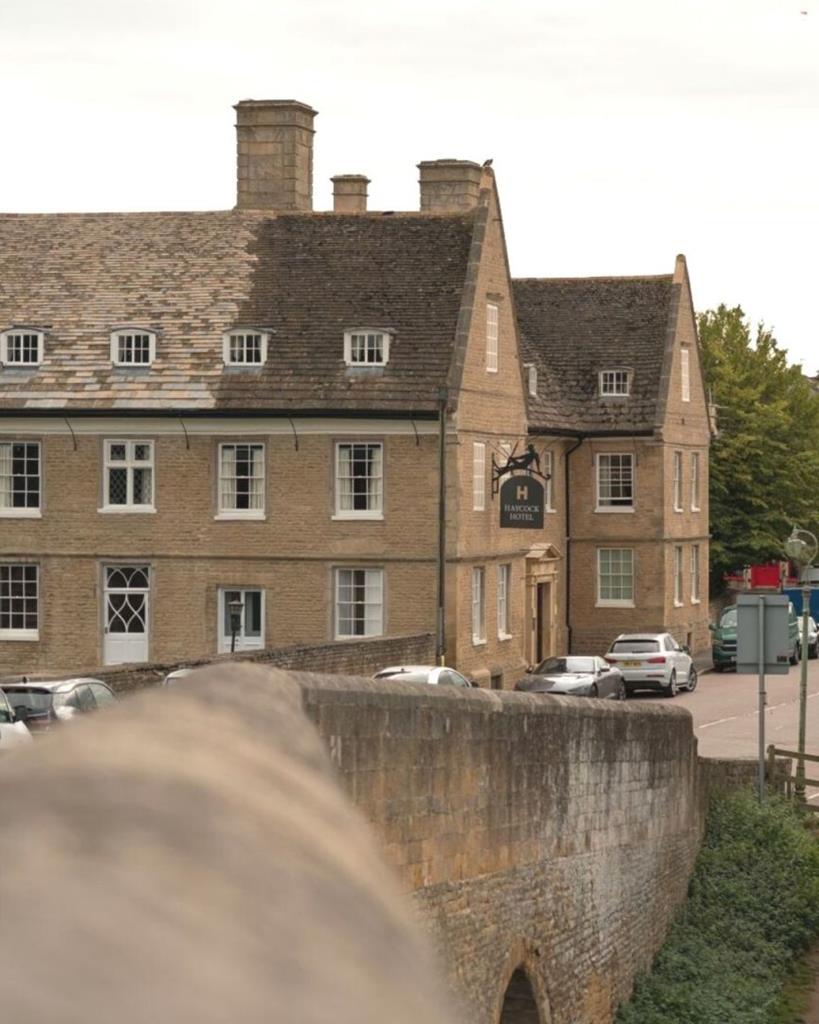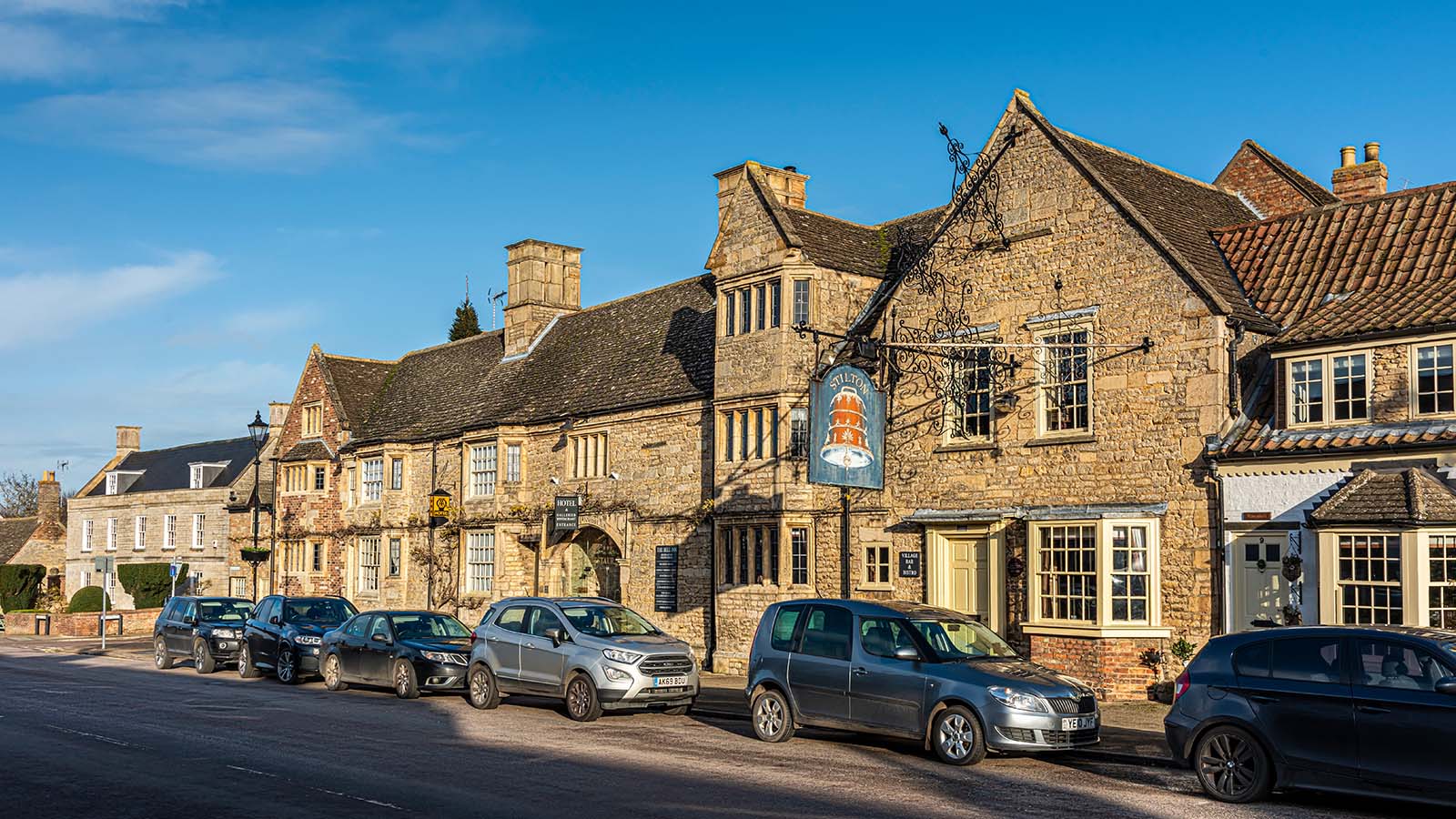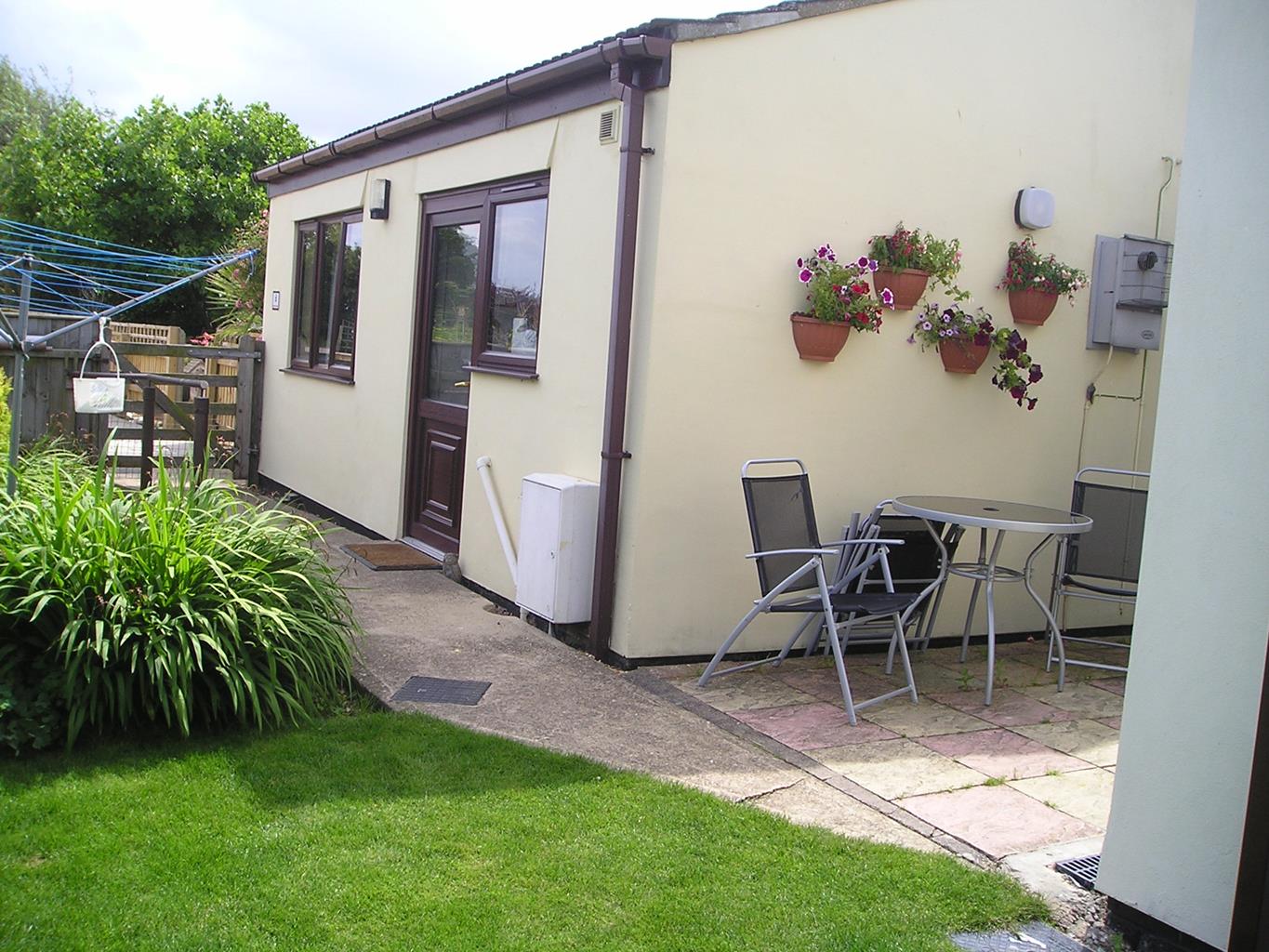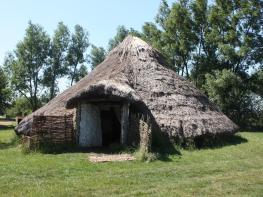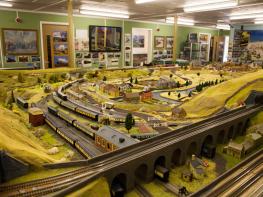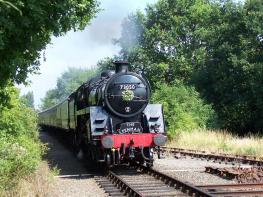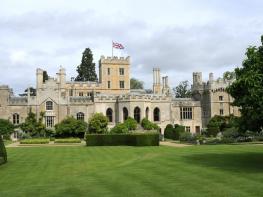This pleasant city-centre hotel offers well-equipped, modern accommodation, which includes…
Whittlesey's outpost in the Fens

5 miles (8kms)
About the walk
Like other Fenland villages and towns, such as Manea and Ely, Whittlesey was once a small island in the midst of vast tracts of marsh and swamp that made up the Fens. To the southwest of the town was Whittlesey Mere, which, until it was drained in 1850 to provide farmland, was the largest inland freshwater lake in southern England covering up to 3,000 acres (1,212ha) when it flooded in the winter months. The River Nene originally flowed through Whittlesey Mere until it, too, was tamed and re-routed as part of the drive to reclaim the land for agriculture.
However, despite its once remote and watery location, Whittlesey (which is also sometimes spelt ‘Whittlesea’) has a long history of settlement. The Romans built a causeway across the Fens to link Peterborough to Whittlesey and March, and local excavations have suggested that there were thriving local populations stretching back thousands of years. For more about Whittlesey’s history and the heritage of the Fens visit Whittlesey Museum at the Town Hall on Market Street (open Saturday morning and Friday and Sunday afternoons, all year).
Celebrating the Straw Bear
On the second weekend of January every year Whittlesey holds the festival of the Straw Bear or ‘Strawbower’. It was traditionally on the Tuesday following Plough Monday (the first Monday after Twelfth Night) and it involved a man or boy being covered in straw and led from house to house, where he would dance and sing for money. Local farmers took it so seriously that it was said that they reserved their best straw to dress up the bear. Today the straw bear is accompanied by his ‘keeper’ and the ritual now involves a variety of entertainment provided by traditional and modern musicians and dancers, including morris men and clog dancers. Naturally enough, the procession (sometimes several hundred strong) visits pubs around the town to refresh the revellers, and at the end of the festival the straw costume is ceremonially burned so that a new costume can be created from the next harvest.
Although it might seem unique, or at least uniquely British, the Whittlesey Straw Bear has in fact now twinned with a ‘bear’ from a town near Frankfurt in Germany, where a similar festival is held each year on the Monday before Shrove Tuesday.
Bricks and borrow
The walk starts at Lattersey Nature Reserve on the eastern edge of Whittlesey, managed by Bedfordshire, Cambridgeshire and Northamptonshire Wildlife Trust. The site was once used for brick extraction and also borrow pits (where material is dug for a nearby construction project, in this case the building of the local railway). However, since being abandoned and partially flooded Lattersey has become a haven for wildlife. Some of the highlights of the reserve include water voles and reed buntings, sedge warblers and bee orchids.
Walk directions
Turn right out of the car park and walk along the quiet, no-through lane on the eastern edge of Whittlesey. It soon becomes a bumpy, semi-surfaced track. Continue past Partridge Farm Equestrian Centre and out along a rougher, open track across fields initially close to the railway.
At a junction go left, signposted ‘Eastrea’, away from the railway and towards some distant houses and the road. At the junction at the end go right and follow the track behind the buildings, then left to emerge on the main road next to the Nags Head pub.
Cross over the road and walk down Springfield opposite, past a small playground and thatched cottage. At the end continue on an unmade track, which swings right. Head northeast on this grassy, rutted route, with vast open fields of both pasture and arable crops stretching away to the left. Ignore a turning on the left and go straight ahead along a hedged section to eventually arrive at the village of Coates.
The route becomes surfaced once more. Follow it as it swings right, into the centre of the village beside the open green. On the right is the parish church of Holy Trinity, while on the left is the old Methodist chapel curiously marooned in the middle of the green. Cross over the main road once more, between the two pubs, and continue opposite along South Green.
At the far end of the pavement, just beyond the turning on the left for Grounds Way, go right at a junction, then almost immediately left at the next on to Lake Drove. Follow this tarmac lane away from the village and where it bends sharply left go straight on along a winding, unsurfaced route across the fields.
When you come to a road, with a level crossing to your left, go straight over and continue along a semi-surfaced track. It runs alongside the railway and finally swings right to meet the outward route. Turn left to return to the start.
Additional information
Firm field tracks and lanes
Flat open fields, isolated woods and villages
Very good throughout, but care crossing roads
OS Explorer 227 Peterborough
Lattersey Nature reserve car park, off New Road, Whittlesey
Centre of Whittlesey
WALKING IN SAFETY
Read our tips to look after yourself and the environment when following this walk.
Find out more
Also in the area
About the area
Discover Cambridgeshire
To the west of East Anglia is Cambridgeshire, a county best known as the home to the university that makes up the second half of ‘Oxbridge’ (the other half is Oxford). As well as its globally renowned educational credentials, it also has a rich natural history; much of its area is made up of reclaimed or untouched fens. These are low-lying areas which are marshy and prone to flooding. The lowest point in the UK is at Holme Fen, which is some 9 feet (2.75 metres) below sea level. Some of the fens had been drained before, but it was in the 19th and 20th centuries that wide-spread, successful drainage took place, expanding the amount of arable and inhabitable land available.
Ely Cathedral was built on an island among the swampy fens, but now sits among acres of productive farmland, albeit farmland criss-crossed by miles of flood-preventing watercourses. Oliver Cromwell was born in Ely, and his family home can still be visited. Cambridge itself is a beautiful and historic city, with any number of impressive old buildings, churches and colleges, and plenty of chances to mess about on the River Cam which gave the city its name.
Nearby stays
Restaurants and Pubs
Nearby experiences
Recommended things to do
Why choose Rated Trips?
Your trusted guide to rated places across the UK
The best coverage
Discover more than 15,000 professionally rated places to stay, eat and visit from across the UK and Ireland.
Quality assured
Choose a place to stay safe in the knowledge that it has been expertly assessed by trained assessors.
Plan your next trip
Search by location or the type of place you're visiting to find your next ideal holiday experience.
Travel inspiration
Read our articles, city guides and recommended things to do for inspiration. We're here to help you explore the UK.




